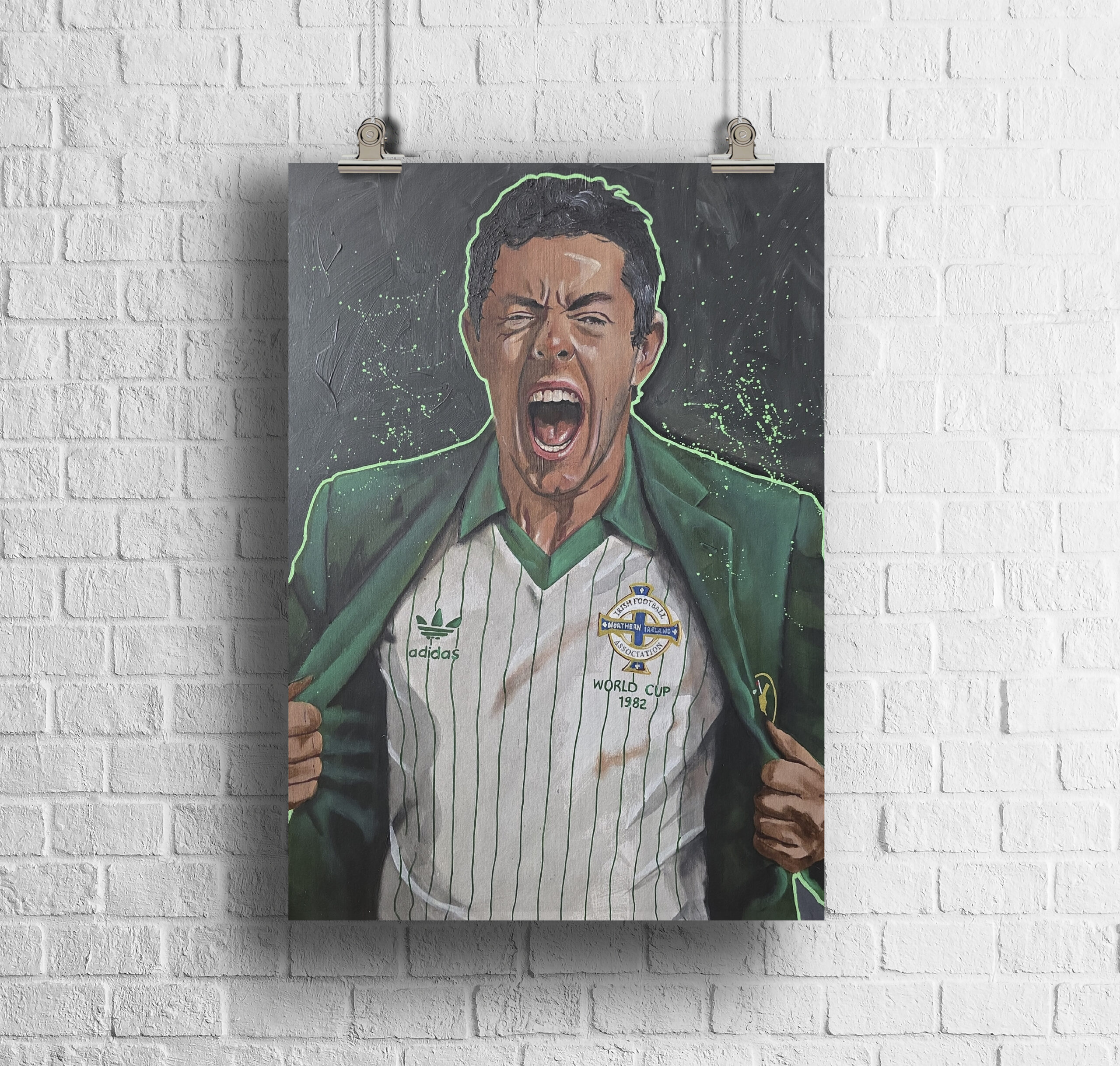When you find the perfect art print, your attention is naturally focused on the image itself. But have you ever stopped to consider what it’s printed on? The material of a print is just as important as the image itself. It affects everything from its durability to how you display it, and it can completely change the final look and feel of the art in your home. This guide will take a critical look at the three main materials that art prints are available on—paper, Foamex, and Dibond—and help you understand which one is the perfect choice for your space.
The Classic Choice: Poster Paper
Poster paper is the most familiar and traditional material for art prints, and for good reason. It is a versatile and timeless choice that provides a classic look. When you think of a poster, you are likely thinking of a paper print. It is the perfect choice for a gallery wall that you plan on framing, as it is lightweight and easy to mount. A high-quality poster paper print will feel substantial to the touch and will hold the colours of the image beautifully. The most common look for this material is to have it mounted in a classic frame.
Pros:
- Affordable: Poster paper is the most budget-friendly option, which makes it a great choice for a large gallery wall.
- Versatile: It can be used with a wide variety of frames and matting, allowing you to get a custom look that suits your personal style.
- Timeless: A framed paper print is a classic look that will never go out of style.
Cons:
A critical downside of poster paper is its delicate nature. It is prone to damage from moisture, creases, and tears. It also needs to be framed behind glass to protect it from dust and UV light. It is a brilliant choice, but it requires a bit more care to ensure it remains in a beautiful condition. —
The Modern Alternative: Foamex
Foamex is a brilliant, modern alternative for someone looking for a contemporary, minimalist look. It’s a rigid, lightweight PVC foam board that your print is mounted onto. The final result is a beautiful, frameless piece of art that looks incredibly sleek and modern. It’s a great option for an office or a living room where you want a clean and professional look without the distraction of a frame. The Foamex board is a great way to add a bit of a three-dimensional feel to your art.
Pros:
- Lightweight: Foamex is incredibly light, which makes it perfect for a large gallery wall. You can hang even large A1 prints with a simple adhesive hook, which is a big advantage for a renter.
- Durable: It is much more durable than paper and is resistant to moisture and light scuffs.
- Modern Look: The frameless look is incredibly contemporary and perfect for a minimalist aesthetic.
Cons:
A critical downside of Foamex is its susceptibility to being dented from a sharp impact. While it is durable for everyday use, you must be careful not to drop or hit it with a sharp object. It is also an indoor material only and should not be displayed in a damp or outdoor environment. —
The Premium Option: Dibond
If you’re looking for a truly high-end, gallery-quality look, Dibond is the perfect choice. It’s a composite panel made of two thin sheets of aluminium bonded to a rigid core. The result is an incredibly strong, durable, and weather-resistant material. Dibond gives your print a sophisticated, high-end feel, and the lack of a frame creates a stunning, clean look. It is often the material of choice for professional photographers and artists due to its durability and archival quality.
Pros:
- Incredibly Durable: Dibond is resistant to bending, scuffs, and scratches. It’s a perfect material for a large, statement print that you want to last for a very long time.
- Weather-Resistant: Because of the aluminium layers, Dibond is resistant to the elements and can be used for outdoor displays.
- High-End Look: It has a sleek, metallic finish that provides a truly premium and high-quality look that is perfect for a modern space.
Cons:
As a premium material, Dibond is the most expensive of the three options. It is also the heaviest, which means you will need to use a more secure hanging method to get it on your wall. It’s a fantastic option, but it is a bigger investment.
The material of your art print is a crucial part of the creative process. By understanding the differences between paper, Foamex, and Dibond, you can make an informed choice that not only looks fantastic but also suits your home and your budget. Each material offers a unique aesthetic, and the right choice will ensure your print is a beautiful and long-lasting piece of art that you can enjoy for years to come.

Comments are closed